Shanghai Pork and Bok Choy Wontons
Jump to recipe Jump to folding tutorial
Che vey! are the words said by everyone around my grandmother’s dinner table every Sunday for many years of my childhood. It is Shanghai-nese for "eat rice" which is like saying "bon appetite" before you begin a meal. This authentic Shanghai Pork and Bok Choy Wontons recipe originated from my Shanghainese grandmother who passed her technique to my father and then to me. Filled with ground pork and bok choy, these wontons are my favourite kind of dumplings of all and the ultimate comfort food!
"Wontons" in general can be varied in their fillings, their folded-shape and the wrappers themselves, depending on the region of China from whence they originate. Shanghai Pork and Bok Choy Dumplings are filled with ground pork & bok choy and are folded using square-shaped wrappers. You can substitute ground chicken or turkey if you don’t eat pork but you may want to add a bit of oil to the filling since ground poultry is usually leaner. You need some fat for a juicy bite!
The term “dumpling” is a broad term to include many varieties with different fillings and different wrappers including round wrappers and the yellow wrappers for Cantonese shrimp dumplings. The round wrappers tend to be slightly thicker than the square wonton wrappers, giving a slightly different mouth-feel when you eat them. Round wrappers can simply be folded into half moons or pleated into fancier shapes such as these. My sister and I spent many childhood hours pleating such dumplings, often to the soundtracks of Phantom of the Opera or Mikado which are my mom’s favourite musicals - very nostalgic! 😄
Sometimes when we feel decadent (not lazy), we tuck a tiny morsel of raw shrimp in the filling too. Shrimp was always present in my grandma’s wontons. She was not lazy. The bok choy in the filling is what makes the preparation a little more involved because it is a watery vegetable that releases a lot of liquid when cooed. It is ESSENTIAL to squeeze a lot of the liquid out of the blanched bok choy greens before mixing with the meat and seasonings for the filling. In my opinion, this step is a definite differentiator between perfect Shanghai dumplings and the often mediocre store-bought or restaurant ones. If the liquid is not adequately squeezed out, the filling is loose and doesn’t have that proper firmness that is crucial for the overall ideal mouth-feel.
We adore eating these Shanghai Pork and Bok Choy Wontons very simply boiled in water and served in a light chicken broth for a cozy meal. Other times we pan-fry a batch too for crispy wontons. Both methods are provided in the recipe card below.
Enjoy them with chilli oil, a simple dipping sauce that takes seconds to make (recipe below) or with my recipe for The Best Dumpling Sauce if you have 3 extra minutes to make it. Homemade dumplings are a labor of love but SO WORTH IT. Click play on your favourite playlist or podcast and get to it 🤗🥟
Che vey!
Sonia
Served with my recipe for The Best Dumpling Sauce
🎥 Watch video for Shanghai Pork and Bok Choy Wontons
steps at a glance:
How to make Shanghai Pork and Bok Choy Wontons:
(scroll down for full printable recipe card)
Saute Bok Choy briefly to wilt the leaves and soften the stems slightly. It doesn’t need to be fully cooked at this point.
Place in food processor, but don’t overload or results will be uneven
Depending on size of your wok/pan and size of food processor, you’ll likely need to do this step in 3-4 batches
Pulse Bok Choy until pieces are quite small but not all the way to a puree! See image below for size reference
Transfer processed bok choy into a nutmilk bag (or similar such as cheesecloths). Do this over a shallow dish to catch the liquid because mixture is gonna be quite wet even before squeezing!
Squeeze firmly to rid excess liquid. Aim to squeeze out 80-85% of the moisture (not ALL!) being mindful not to squeeze until it is bone-dry because we still want some moisture for a juicy filling
You can expect to squeeze out quite a lot of liquid - that’s about 1/2 cup of liquid in one batch! Discard the liquid
Add squeezed bok choy into a mixing bowl along with remaining filling ingredients and seasoning - ground pork, soy sauce, salt, sugar and white pepper
Mix vigorously until filling pulls together into a paste-y consistency
Use filling to wrap wontons with square wrappers (or dumplings with round wrappers)
How to fold Wontons using square wrappers:
1) Place filling in center of wrapper
2) Fold in half
3) Curl down halfway almost as if to fold in half again
4) Bring the left and right bottom corners together, one on top of the other
5) Dampen with water and press firmly to attach
🎥 Watch video for How to fold a Wonton:
Tips and FAQs
How to properly wash bok choy (so many crevices for bugs and soil!)
Bok Choy can trap a ton of soil and/or little insects. If using regular-sized bok choy, trim ends to separate the stems. I skip this step with baby bok choy. Take care to wash bok choy very well because there is often soil trapped inside the joints where the stems meet. I prefer to wash mine by soaking them 15 minutes in a large sink of water with a generous pour (~3/4 cup) of white vinegar. I always soak leafy veggies in vinegar water but it is optional. (Note: make sure first wash your sink very well with dish detergent since kitchen sinks can harbour a lot of bacteria). Ensure there is enough water in the sink so the bok choys are suspended and not touching the bottom. Soaking this way releases a lot of the soil to the bottom of the sink which we easily discard down the drain. Rinse each bok choy individually under running water ensuring there is no stubborn soil remaining. Drain in large colander.
Why do you par-cook the bok choy?
This is something my family does which I consider a critical step for the best Shanghai dumplings, for THREE REASONS: (1) to release some of the liquid because a wet filling is a no-no for dumplings of any kind, (2) to wilt them so the large volume is easier to handle and are easier to squeeze the liquid out of them and (3) removes grassy flavour of raw bok choy
Option to add additional ground meat to the filling
I intentionally go heavy on the bok choy in my dumpling filling because that’s how I like it — a 3:1 ratio of bok choy to pork. Sometimes I add another pound of meat to stretch the filling farther for more dumplings. Depending on preference, you can easily go as much as 3 total pounds of ground meat for a 1:1 ratio for bok choy to meat. Add more seasonings to taste.
Always taste the filling and adjust seasoning before wrapping dumplings
This may seem like a small point but it is one of the biggest tips when making dumplings. Microwave a teaspoon of the filling for 30 seconds (or whenever cooked through) and taste it for seasoning. Add and adjust as needed to ensure the filling tastes perfect. The rookie mistake is — after folding a hundred dumplings later — realizing upon first bite that the filling was not seasoned properly.
Best way to boil dumplings so the wrapper stays bouncy
Use a large pot of boiling water and avoid overcrowding - you may need to cook in several batches. Bring water to a rolling boil and add dumplings. Boil until dumplings bob up to the top, about 1-2 minutes. Pour in 1 cup of cold tap water and wait for it to return to a rolling boil, about 45-60 seconds. For fresh (not frozen) dumplings, filling should be cooked by now. Drain or scoop out with a long-handled strainer to serve. See below for pan fry method and cooking from frozen.
Can I panfry these?
Definitely! To panfry, drizzle 1 tbsp oil into 10-11” non-stick skillet (it’s important that it be non-stick for this). Arrange dumplings in concentric circles in the pan, not touching. Pour 1 cup cold tap water all over the dumplings. Cover and turn heat to medium-high. Cook until water reaches a rolling boil and most of the water has evaporated (about 6-7 minutes). Reduce heat to medium and continue cooking until dumpling bottoms are golden and crispy. This exact method works for fresh or frozen dumplings — see below for cooking from frozen.
Freezing wontons (and cooking from frozen):
Wontons freeze well for up to a month. To freeze, lay them in a single layer not touching on a parchment-lined sheetpan. Freeze at least a couple of hours or until they are quite firm. Once firm, you can toss them into a freezer-safe container or freezer-safe zip top bag with the air squeezed out. To boil from frozen: Do not defrost. Place frozen wontons directly into boiling water and follow the same method as Cooking Wontons Right Away (see recipe card below). It will take a little longer for them to bob to the top. Add the cup of cold tap water and bring it back to a boil. Repeat with another cup of tap water and bring back to a boil. Dumplings should be done. To panfry from frozen: Follow the same instructions for cooking fresh dumplings, adding 2-3 more minutes to total cooking time. If unsure, cut one in half to check that filling is piping hot and meat is no longer pink.
How can I be sure dumplings are cooked through?
If you're ever unsure whether a dumpling is cooked, cut one in half to confirm raw meat is no longer pink OR insert an instant read thermometer into the centre of the filling to confirm it is at least 165f (74c).
You may be interested in these recipes
Shanghai Pork and Bok Choy Wontons
Recipe makes 95-100 dumplings.
Wontons boiled + served in broth
Wontons boiled, drained well then pan-fried in a skillet with oil. Served with Chinese chili oil

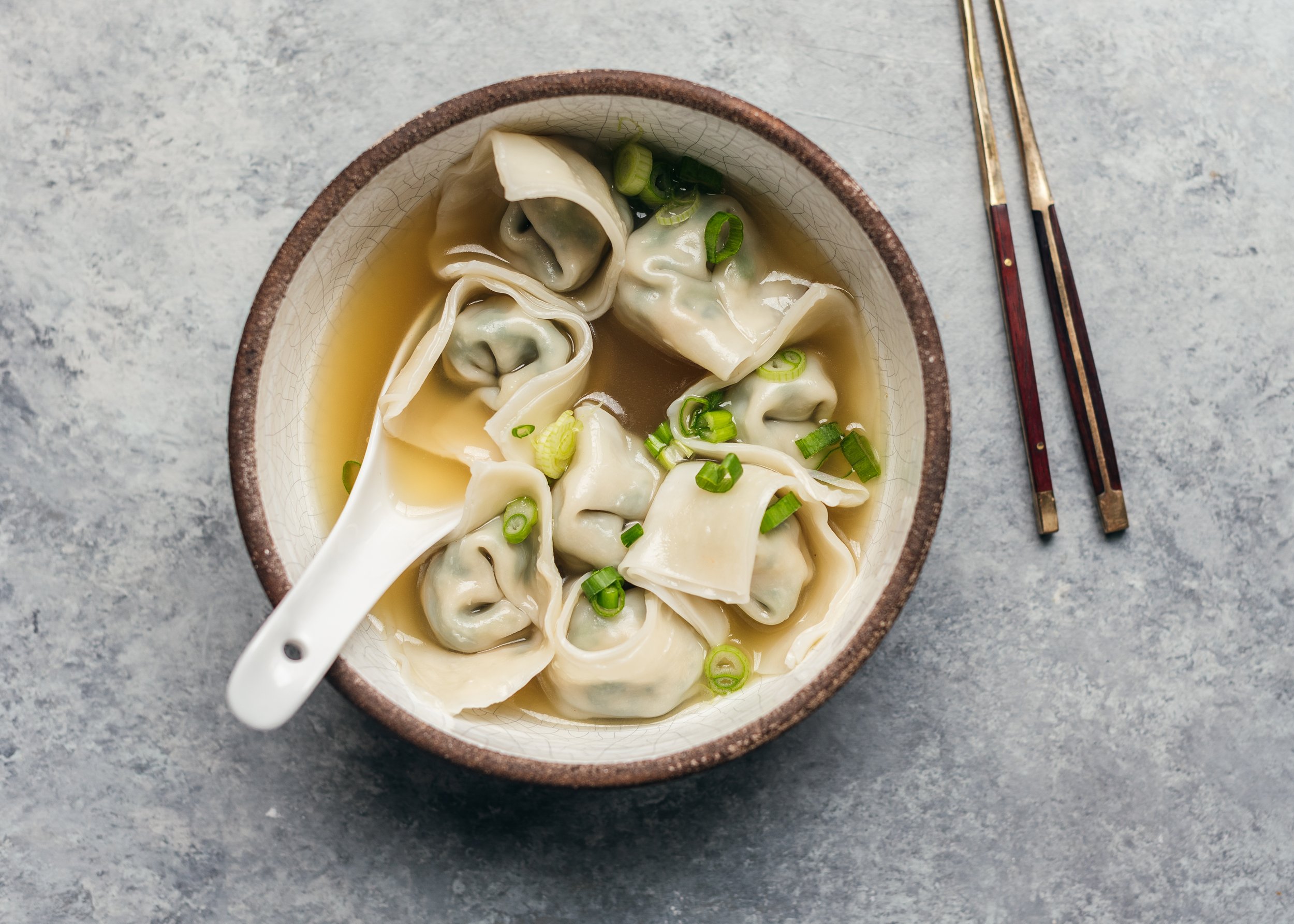




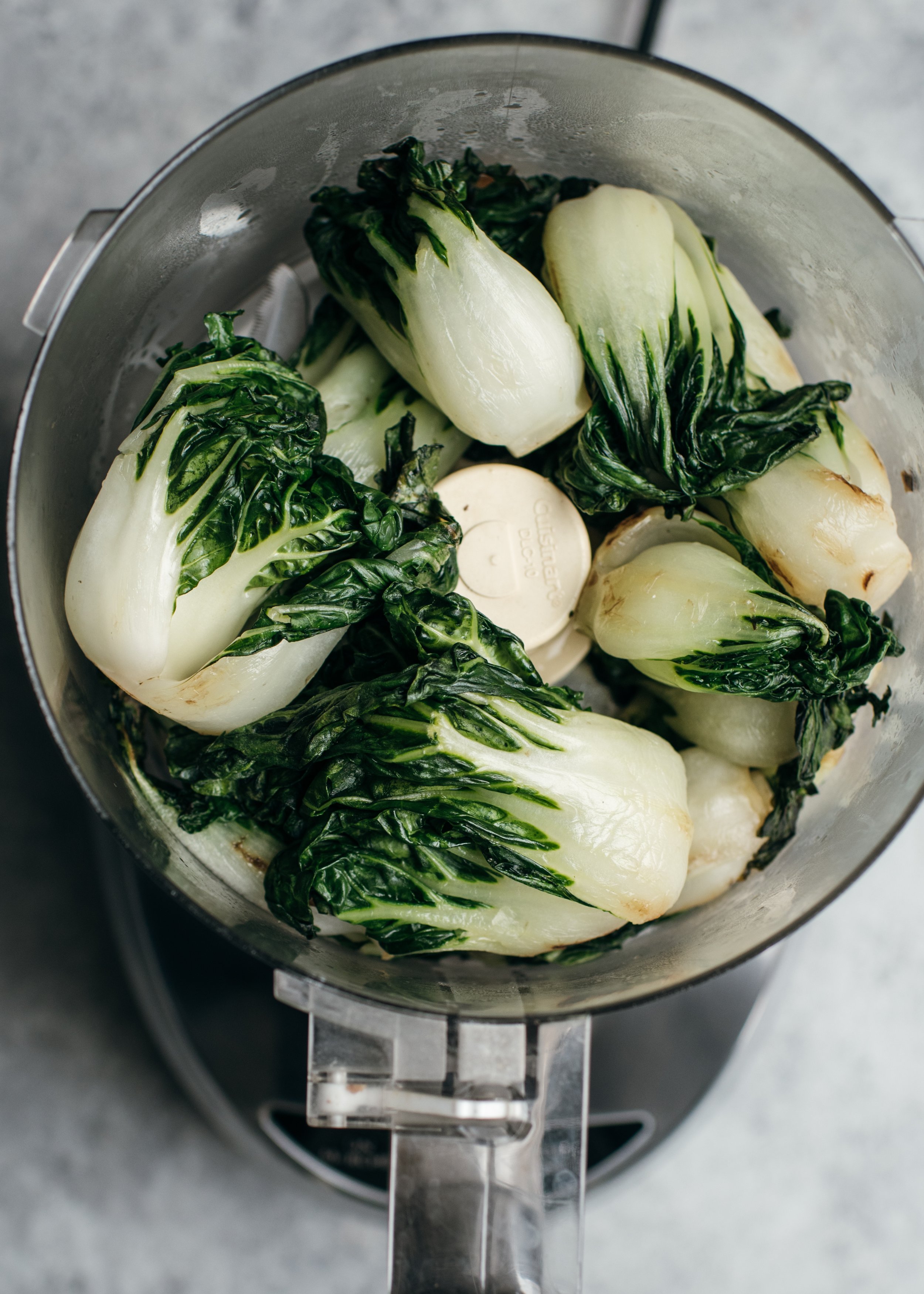



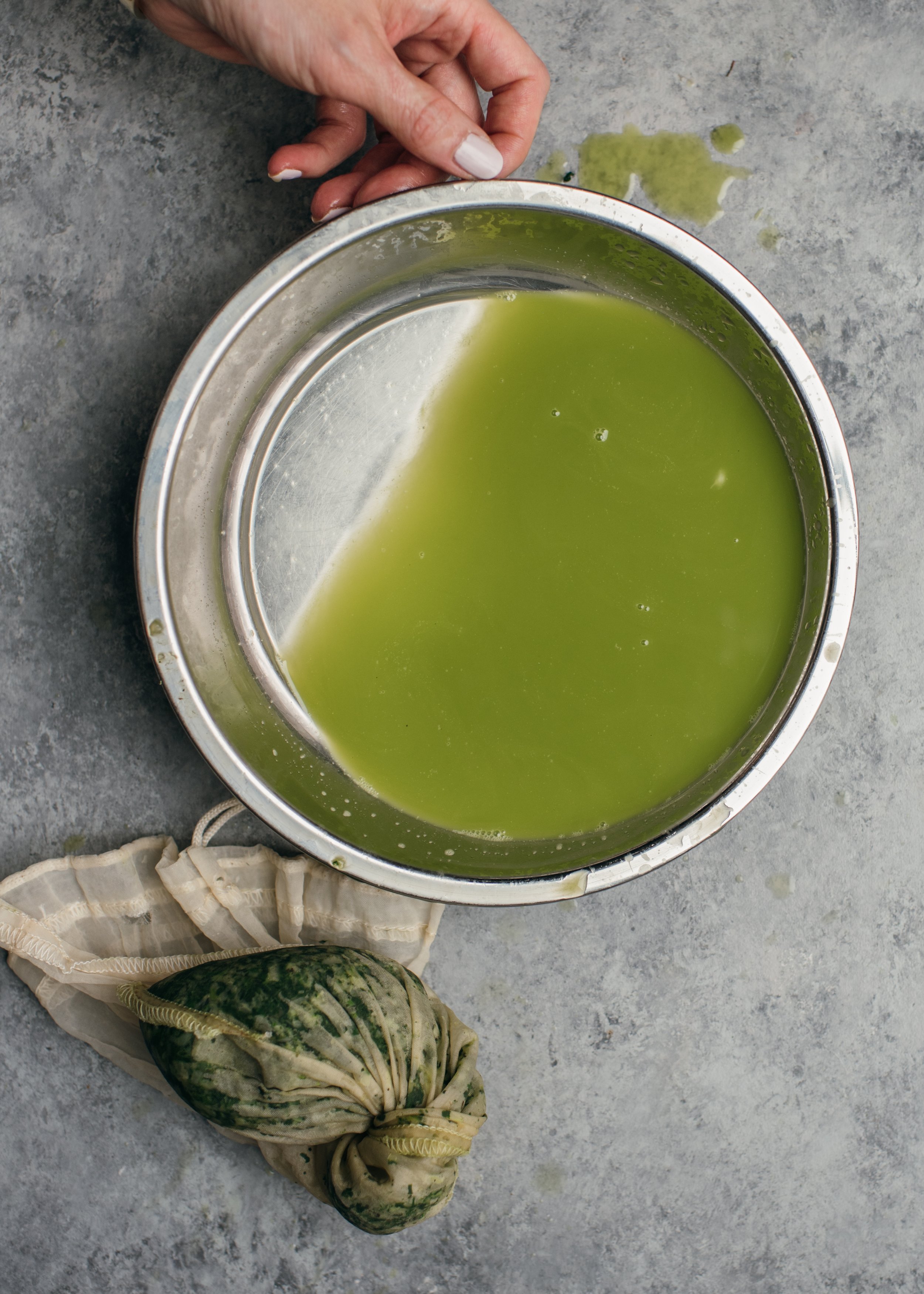
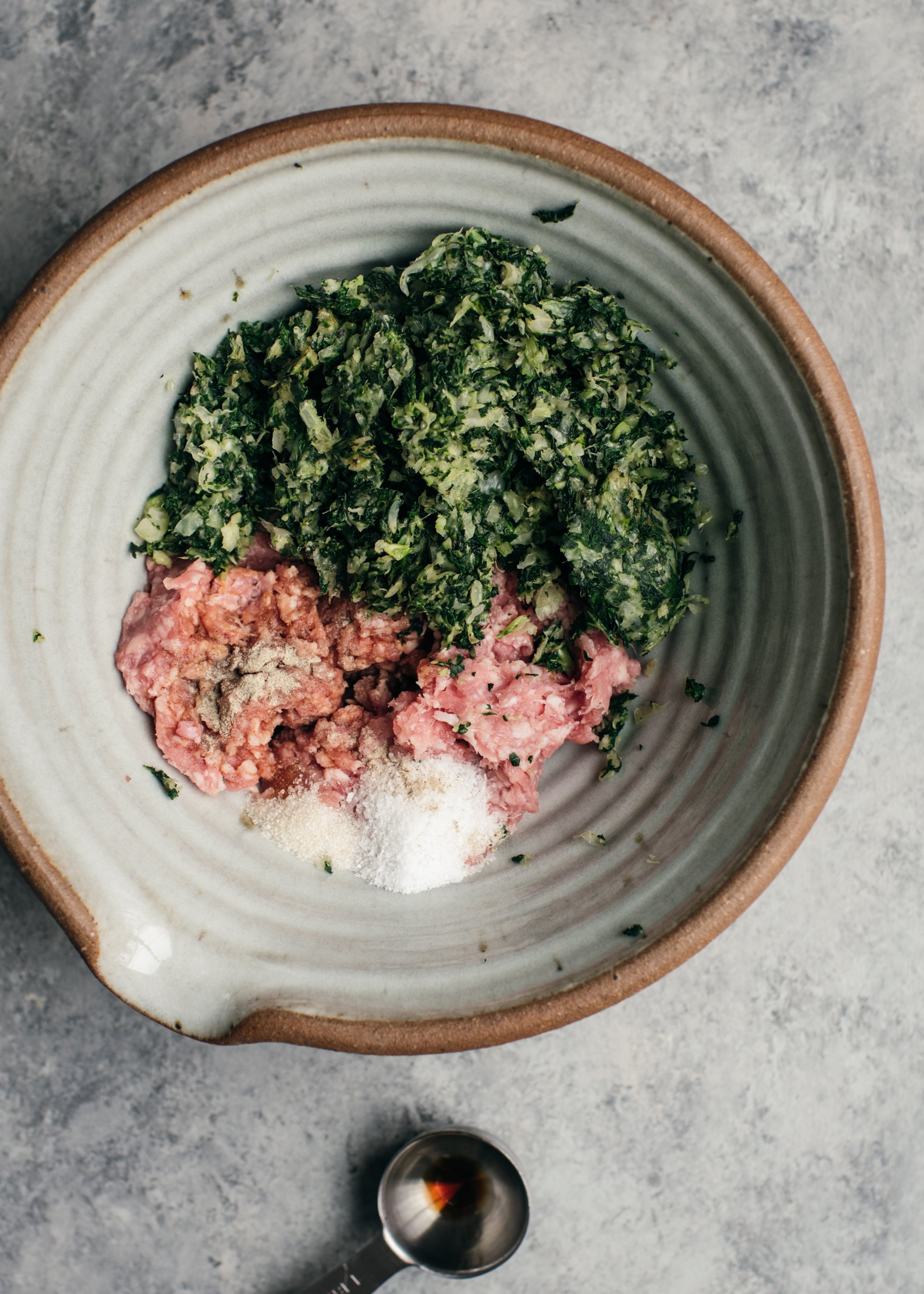
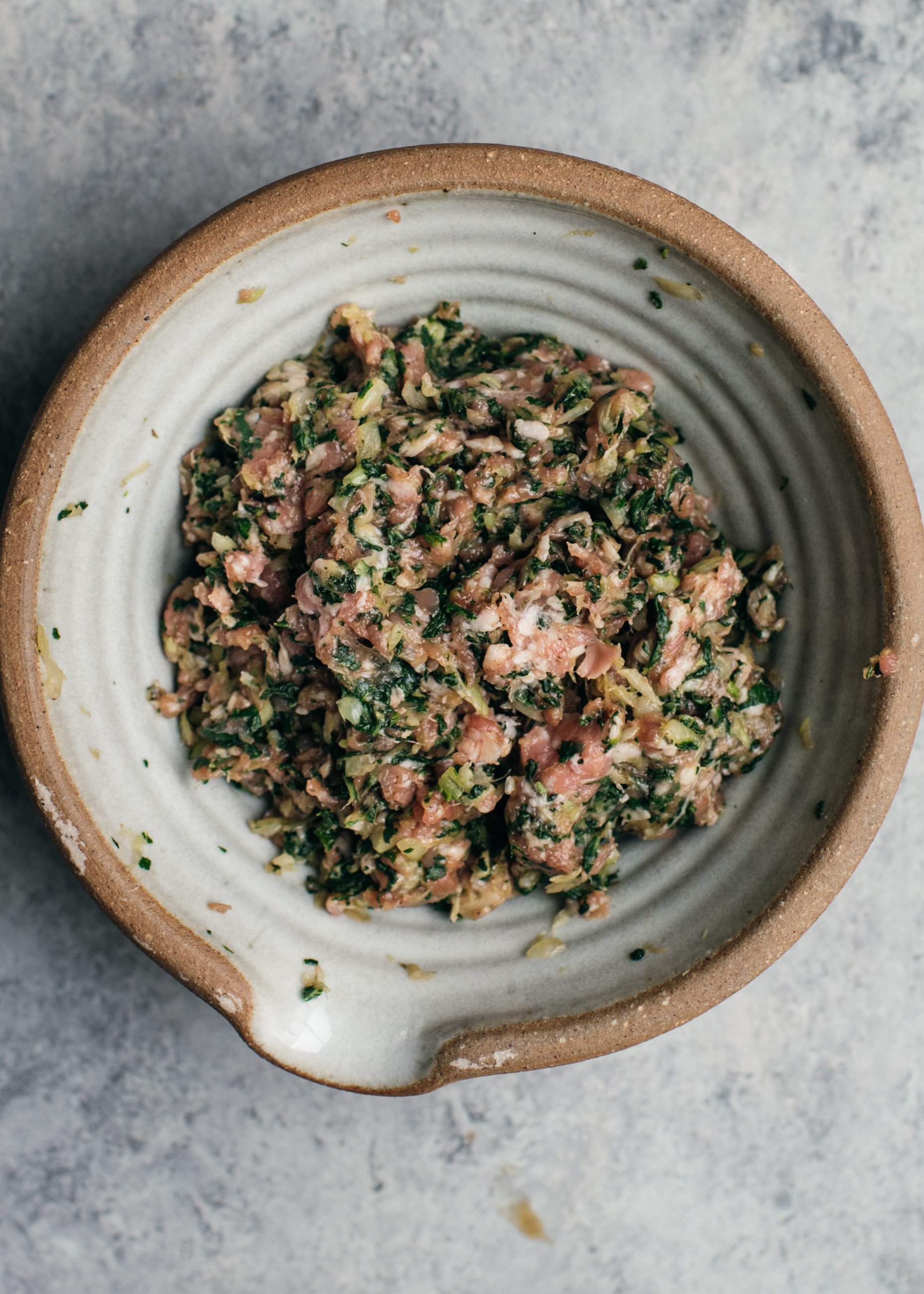







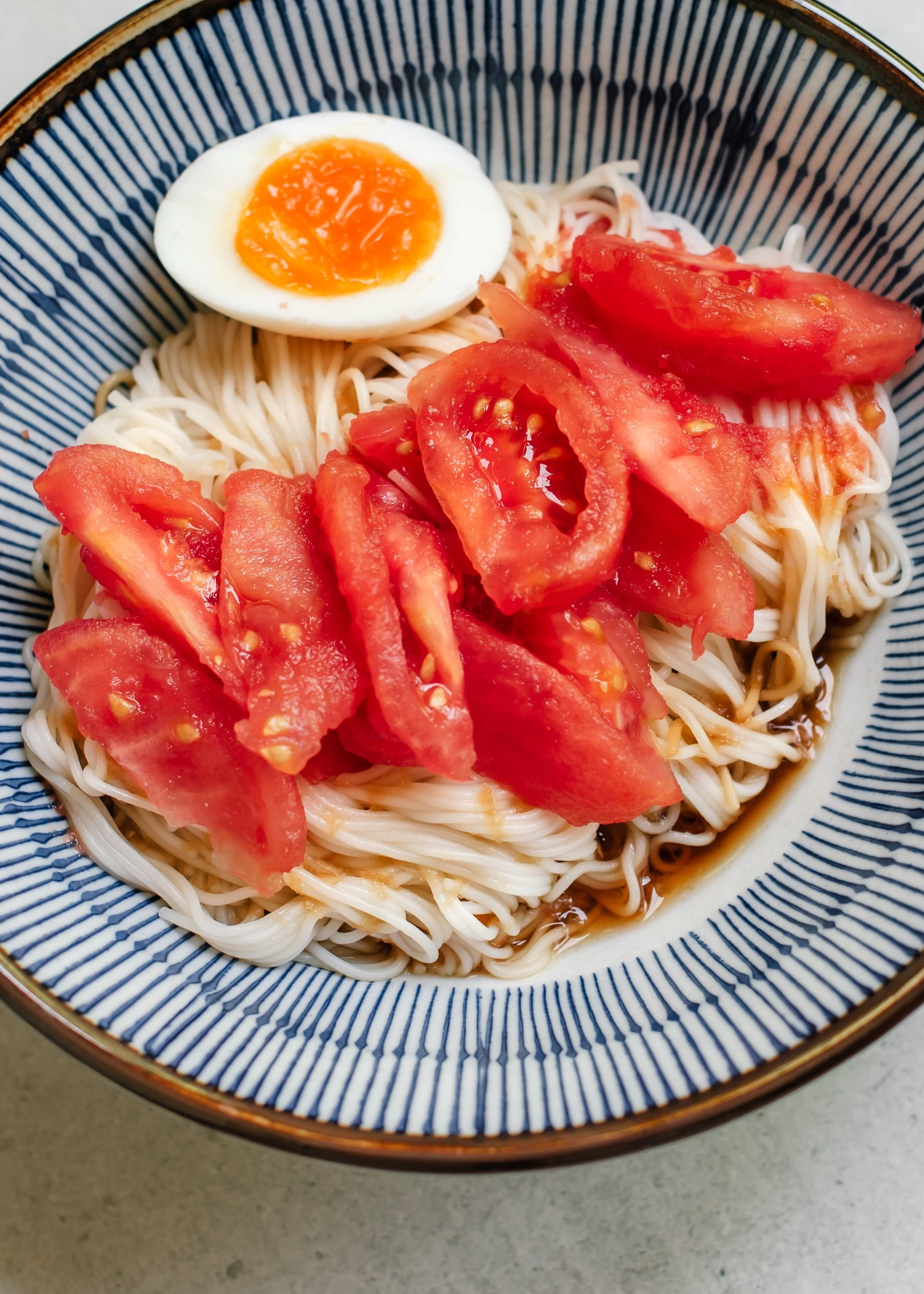





Hi, I’m Sonia
I share recipes inspired by my food cravings and what I make for my family. My role as a working mom of two girls, my life in Toronto Canada and my background as a Chinese immigrant from Hong Kong all inform the things I love, crave and create. This means an emphasis on wholesome recipes that are approachable for busy weeknights and fun recipes to make on weekends and for friends!
homemade food to nourish and indulge …
More about Sonia >